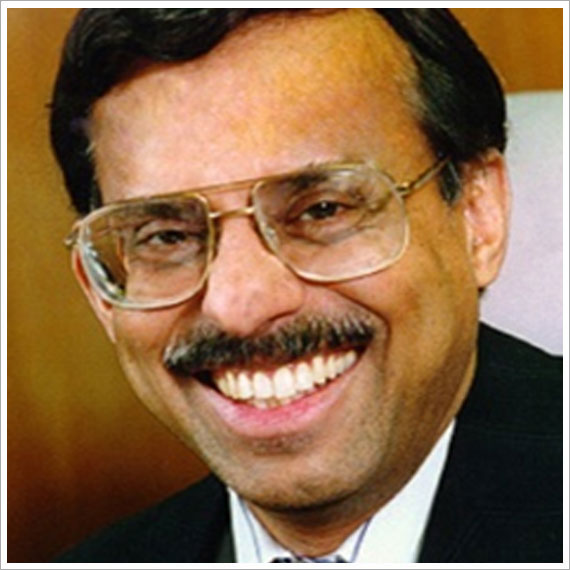
P. Somasundaran
Professor of Mineral Engineering
- : (212) 854-2926
- Fax: (212) 854-8362
- DEPARTMENTColumbia University
- COUNTRY USA

The recovery and processing of earth resources, including minerals, metals, energy minerals, and oil, are energy intensive and depend heavily on the availability of appropriate and abundant water resources. Natural resource use and management is now a critical part of sustainable development, and its criticality will intensify over the next several decades. Prof. Somasundaran’s pioneering work in interfacial science has had benefits in several technological areas such as reducing energy consumption in material breakage and grinding, improving the efficiency of water usage, and in enhanced oil recovery in response to the energy crisis in the 1970s. His efforts included tackling problems in waste remediation and management resulting from earth resource development activities (e.g., the wastes from processing of phosphate minerals and coal). Other examples include recognizing the difficult challenges presented by fine and ultrafine particles in selective separations and dewatering (solid/liquid separation). He also has contributed to coal cleaning, slime and sludge treatment, biodegradation and oil spill remediation. In coal cleaning, he has made significant contribution: the effect of change in pH. His work on hemi-micelles (a particular arrangement of surfactant clusters on surfaces) is one example of how his studies of the processes in surfactant self-assembly and their interactions with a wide variety of surfaces and interfaces, ranging from minerals and oil drops to physiologically relevant enzymes and polymers, have led to a deeper understanding of the science and to the development of technology. His extensive knowledge of mineral-reagent interactions and the structure-property-performance relationships for surfactants in the 1970s and 80s served as a foundation for enhanced oil recovery.
He made outstanding contributions in the development of tools and models to understand the molecular dynamics of polymers and surfactants in solution and at solid-water, oil-water and oil-air interfaces. With innovative methods using specific molecular probes, he has studied the mobility of the probes in magnetic fields and probe-response to light of varying wavelengths – fluorescence and X-Ray. Surfactant packing in micelles and at interfaces can be determined based on a number of models he developed.
He has contributed significantly towards the design of surfactants with high selectivity (such as chelating ligands) to targeted minerals and metals, which is of paramount importance in selective and efficient separation of mineral resources, metal extraction, and toxic metal removal from waters.

Professor of Mineral Engineering